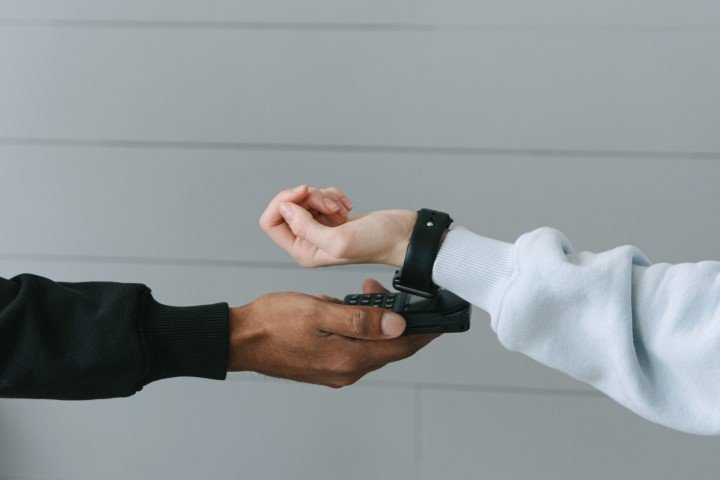From Social Distancing to Social Payments

The pandemic will be an inflection point to modernizing money worldwide
Who would have imagined that it would take a global health crisis to shine a new light on the inadequacies of our payments systems? As the world turns to self-distancing to thwart the spread of COVID-19, it becomes increasingly clear how unsuitable cash, traditional POS and other everyday systems are to our changing reality.
And, while the crisis continues and we don’t yet have all the information, it’s certainly not too early to talk about what we’re seeing and how readily-available technologies could make a difference.
A tragic and thought-provoking experience
For the many professionals like myself who spend their days thinking about transactions, these recent weeks have raised many more questions. Early in the crisis, we saw merchants refusing cash payments, recognizing that handling banknotes poses a dirty and unnecessary risk for both cashiers and customers.
Then, we saw many foodservice retailers limiting sales to carry-out orders, and people putting a previously unthinkable premium on being able to get in and out of retail establishments as soon as possible and touching as little as possible. Since then, we’ve also seen a surge for on-demand delivery companies like Postmates, Uber Eats, and Rappi.
Later, we heard governments across the world announce emergency cash payments would be made to impacted citizens with one official saying, “We’re looking at sending checks to Americans immediately.” Checks? Really?
An inflection point
COVID-19 will do to payments and broad swaths of industry what 9/11 did to travel and financial transactions. History’s large-scale crises have brought with them reform and changes to ordinary activities. The magnitude of this event promises nothing less.
No amount of hand sanitizer and disinfecting wipes will make touching cash and POS terminals, or our bank branches safer and faster than a contactless payment or a digital mass payout. We have reached an inflection point, providing us with enough catalyst and incentive to mobilize us to embrace available alternatives right now.
How many devices should one have to touch?
Health officials assure us that this pandemic will pass, likely leading to a gradual lowering of many of the defensive measures we’re taking today, as people return to once closed shops, restaurants and their normal lives. But, how will transactions change once things are back to normal? What measures will be taken to better prepare the delivery of financial and transactional services for the new normal and future crises?
According to the National Institutes of Health (NIH), COVID-19 was detectable up two to three days on plastic, begging the question; do we really need to continue handling cards and inserting them into devices when technologies like contactless payments, QR codes and P2B (real-time payments similar to P2P, but for merchants) are offered by via social payments players and lifestyle apps like Venmo, Snapcash, Google Wallet, Apple Pay, Facebook Pay, Twitter Buy, MercadoPago and RappiPay, to name a few.
Today, the only device one should need to touch to pay or be paid is their own mobile. Created for consumers and e-commerce, today’s social payments platforms increasingly have offerings for brick-and-mortar merchants and have the added benefit of bundling many of the aforementioned “touchless” technologies in a single platform.
Secure remote commerce and IoT payments
Given the prevalence of remote work and many companies beginning to offer no-contact deliveries where goods are left outside one’s door, I wouldn’t be surprised if delivery robots and secure remote commerce became more common.
Thinking of other potentially unwholesome transactions, one might also wonder how long before gas stations begin to accept IoT payments from automobiles outfitted with their own virtual accounts. It won’t spare you from having to handle the pump, but at least it’s one less thing to touch.
Platforms of Confidence
Tokenization services will likely be at the heart of many relevant use cases, particularly as we look at recurring payments and the ability to prepay for goods and services for pick-up and delivery. In many cases, these and other services can be quickly embedded into existing systems using APIs and the support of a tech enabler.
It’s not too soon to start rethinking how we can more rapidly scale and improve transactional services for more contactless and card-not-present transactions. A big part of what’s required is broader recognition and expansion of platforms of confidence — standardized systems that are easy to onboard, can securely safeguard data and will satisfy our emerging definition of what frictionless and safe payments will mean in our current and post-COVID-19 world. Stay home and be safe.





